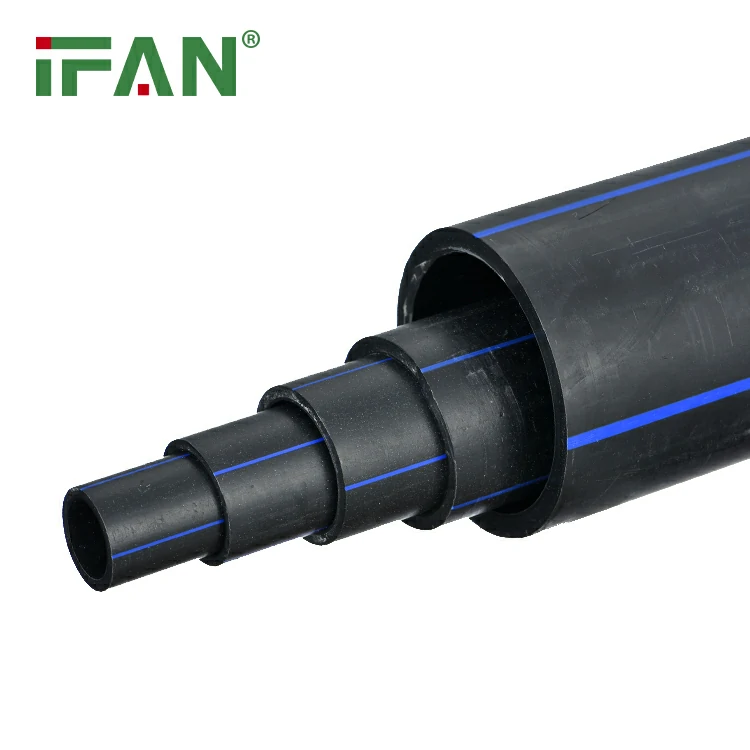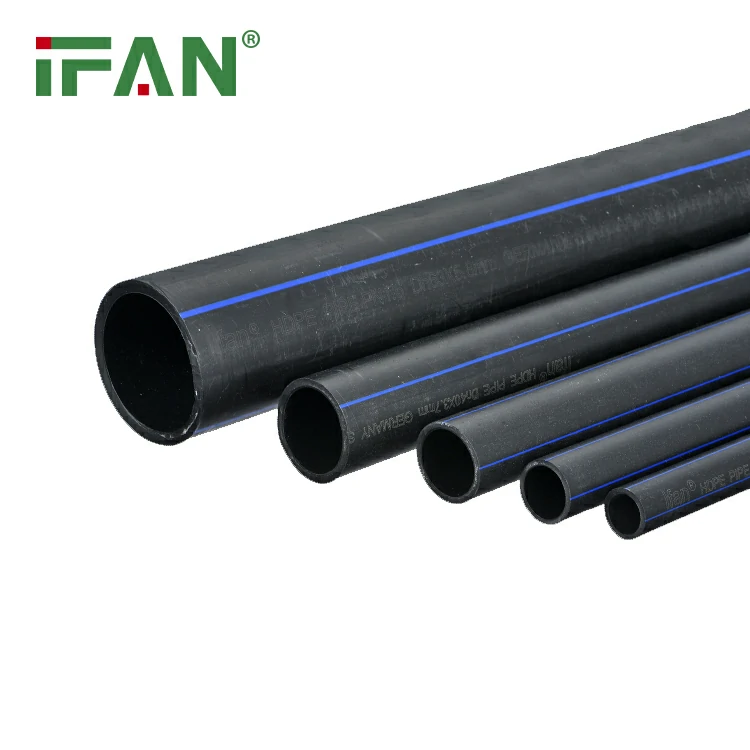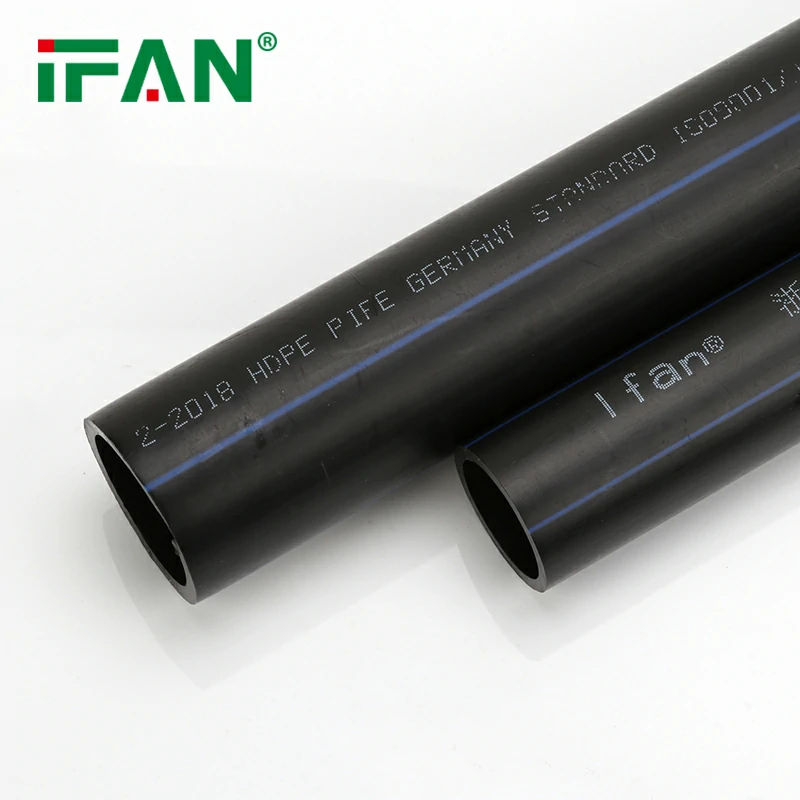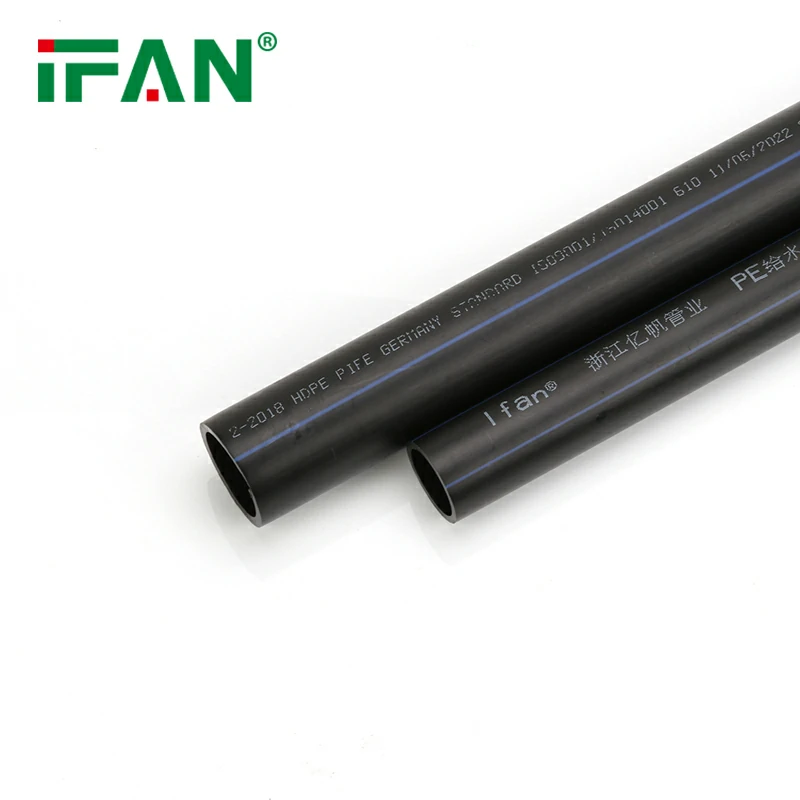Description
Understanding HDPE Pipe Material
HDPE pipe is made from high-density polyethylene, a flexible and durable thermoplastic material.
It is widely used in water supply, irrigation, and gas distribution systems.
HDPE has excellent impact resistance, making it ideal for outdoor and underground applications.
This material performs well in extreme environments, including subzero temperatures.
However, it is not completely immune to freezing under certain conditions.
Understanding its behavior under cold weather is key for proper system design and maintenance.
Freezing Basics: Water in Pipes
Water begins to freeze at 0°C (32°F), expanding as it turns into ice.
This expansion increases pressure inside the pipe, potentially leading to cracks or bursts.
Most pipe failures occur because of this pressure buildup, not the freezing itself.
Traditional materials like PVC or copper are more prone to cracking when water freezes inside.
HDPE pipe, on the other hand, can expand and contract without damage.
Still, completely ignoring freeze risk can cause service disruptions or long-term stress damage.
HDPE Pipe’s Freeze Resistance
HDPE pipe has better freeze resistance than many other pipe materials.
It can expand up to five times its diameter without permanent deformation.
When water freezes inside, the pipe walls flex instead of cracking.
Once the ice melts, HDPE returns to its original shape.
This flexibility makes HDPE a preferred choice for cold climates.
However, repeated freeze-thaw cycles can reduce long-term reliability if not properly managed.
Installation Depth and Insulation
Buried HDPE pipe is less likely to freeze if placed below frost depth.
Frost depth varies by region, from 12 inches to over 60 inches.
In colder regions, deeper trenches are required for safe pipe installation.
Insulating the pipe or using heated cable also reduces freezing risk.
HDPE pipe installations in Alaska, for example, often include foam insulation.
Proper installation techniques play a critical role in system durability during winter.
Preventive Design Considerations
Designing HDPE systems with winter conditions in mind is essential.
Always account for water flow, elevation, and exposure to freezing air.
Slow-moving or stagnant water is more likely to freeze in pipes.
Continuous circulation or automatic drainage valves can prevent ice formation.
Many rural water systems use pressure-release valves with HDPE pipe to reduce freezing pressure.
Prevention is often more cost-effective than emergency repair in extreme temperatures.
What Happens When It Does Freeze
If HDPE pipe freezes, the pipe may bulge but rarely cracks immediately.
It holds the frozen water safely until it thaws.
Once the ice melts, the system usually resumes normal operation.
However, ice blockages can stop water supply and damage connected fittings or joints.
Expansion and contraction over time can lead to joint loosening.
Monitoring and inspecting the system after thawing is important to prevent leaks.
Real-World Example: Northern Water Systems
A municipality in Canada uses HDPE pipe in its water distribution system.
Pipes are buried over 1.5 meters below ground to avoid freezing.
In unusually cold years, some shallow connections still freeze.
The HDPE pipe flexes and survives the freeze, while metal parts often need replacement.
This example shows HDPE’s advantage in cold climates, with lower failure rates over time.
Local crews rely on the pipe’s freeze resistance to reduce winter maintenance.
Conclusion: Reliable with Precautions
So, will HDPE pipe freeze? Yes, under the right conditions, it can.
However, HDPE handles freezing much better than most piping materials.
Its flexibility and toughness make it ideal for cold-weather installations.
Still, careful design, proper burial, and preventive steps are necessary.
Insulation, flow control, and frost-depth guidelines should always be followed.
With the right precautions, HDPE pipe provides long-lasting service even in freezing climates.
相关产品
- HDPE Pipe
IFAN HDPE Pipe
- HDPE Pipe & Fittings
HDPE Drip Irrigation Pipes
- HDPE Pipe & Fittings
HDPE Plumbing
- HDPE Pipe & Fittings
HDPE Tube
HAVE ANY QUERIES? SEND TO CONTACTOANTSMACHINE.COM
ONTACT US













